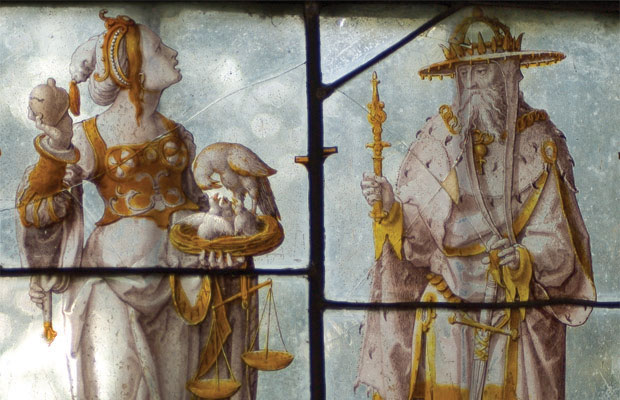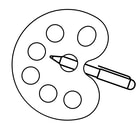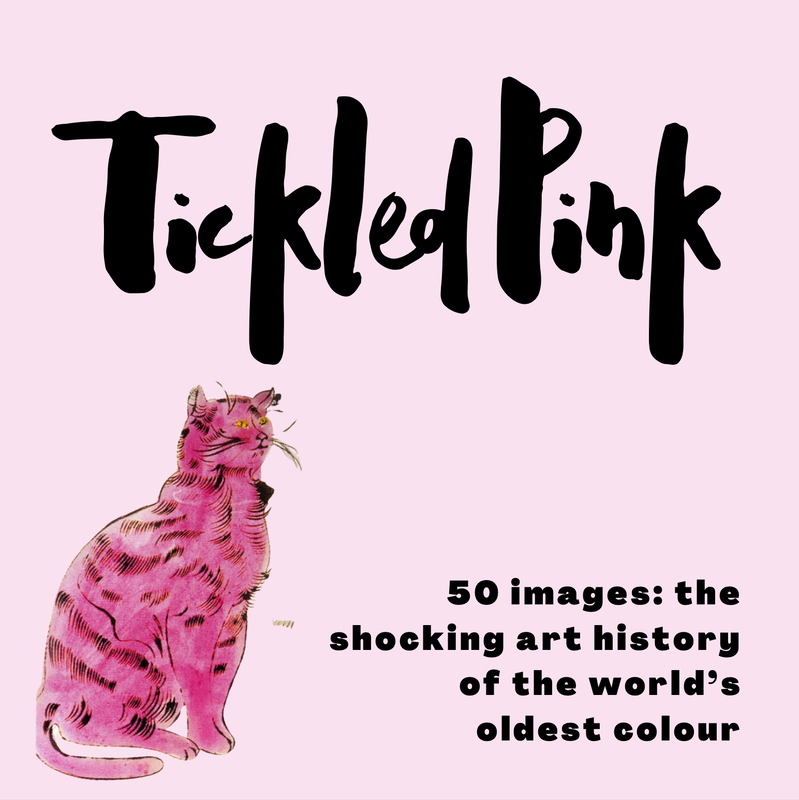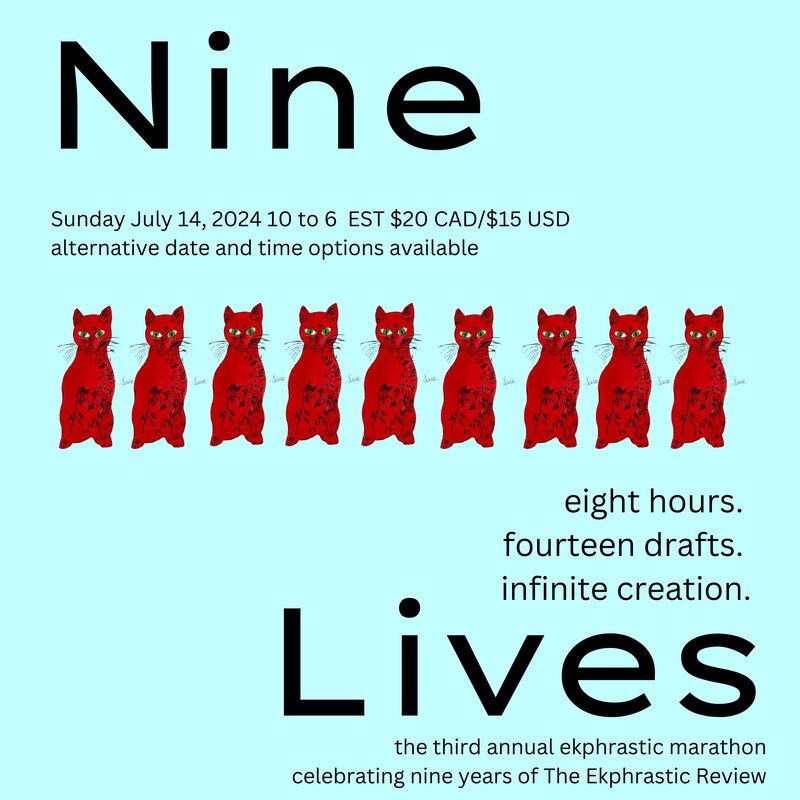|
The Glass Painter
It was the Friday after Carnival Day, 1521, when I first met with Albrecht Durer, the most honoured guest of our guild. It was also the day they found the woman's body in the wharf. My master, and Dean of St. Luke's, Dirick Jacobsz Vellert, had travelled to Dilbeek on business. He was not due to return to Antwerp until the week after the Festival of Judiz. I was at my bench, poring over sketches for a rondel pane of St Alena when I felt a hand gently shake my shoulder. I should have sensed whose hand it was by the depth of silence that had befallen the other glass painters and apprentices. I'd no idea that Durer had been standing behind me, studying my work. "Come with me,” Durer said. I wiped the charcoal from my fingers and flung on my cape. Durer did not speak again until we were outside a print works, where he stopped to poke at the pavement with his stick. Around the gutter, where the apprentices tipped their buckets of ink-wash, ice crystals of many frozen hues built and grew as if vitrified. "Sir, is this what you wanted to show me?” I asked. "No.” He peered in though my eyes and it was as if my innermost thoughts and secrets were rendered clear and comprehensible to him,” You're skilled but your work is mimicry. How did you manage to conceal yourself in the guild for so long?” "Sir?” "How do you hide your breasts?” Despite the fierce cold my face burned and I shook. It was as if God Himself had called me out. "Well?” I stared at the frozen ground between his boots. "Straps…” When he led me down the wharf steps and across the ice I prayed a chasm might rent and the merciful waters engulf me. But his intention was not to expose me. A crowd of skaters and gawkers gathered in a semi-circle around the side of a merchant's fluyt. We pushed our way to the front. A market trader, with a brace of four chickens tied to her belt, knelt and wept. An old man, with a once-wise face, clothed in ragged finery, stared with a terrifying vacancy. The fool from the inn clasped his marotte; a heartbeat's echo, he tapped it softly against his chest, and for once he uttered not a word. The dead woman was frozen into the underside of the ice, her face in profile, a bloated arm hooked around the ship's anchor rope, her skin mottled and pale as white glass and grisaille. A frond of golden hair flowed from under her white bonnet and swayed in the current. Some murmured she'd been the mindless old man's wife. Durer took hold of my arm and spoke in whisper, ”I have a merchant from Cambridge, England, his client demands fidelity to the eye and alchemy of imagination. You will work in my studio, at night, under my instruction until your master returns. Are you willing to take the risk to know yourself, girl?” I nodded. Andrew Barnett author's note: "No one can agree who the artist was, although some speculate it could have originated from the studios of Dirick Vellert; he was the Master of the Guild of St Luke, Antwerp. If it had been painted in 1521, that was the year Durer visited and stayed in Antwerp, often as guest of Vellert. I found it fascinating to speculate, given Durer’s exposure to some of the more radical arguments of humanism in that year, if the artist who painted this image could have been a woman. There’s no historical evidence to suggest this might be the case but the idea of a 16th century female artist at the centre of the Lowlands Renaissance was too compelling not to explore as a fictional narrative." Andy Barnett is a student at the University of Cambridge in the Uk. Andy comes from a former mining village on the Nottinghamshire-Derbyshire border, which during the Ice Age, was the most northerly point our ancestors settled in Europe. He prefers manual jobs and working outdoors. He hasn’t set foot in an office for the last thirty years. He likes visiting Cambridge University because it is quiet and the buildings are surrounded by fields and trees. Next year, hopefully, he is going to step up to the MSt in Creative Writing and he would eventually like to study for a PhD. So far, Andy’s writing has been published in the Prague Revue and Zetetic: A Record of Unusual Inquiry. His visual interpretation of the work of the Romantic Poets was sold in greeting card format through the Tate Gallery in London. In-between his university coursework and writing flash fiction and short stories, he’s working on a gritty northern novel which is set in a former mining village on the Nottinghamshire-Derbyshire border.
2 Comments
Mary McCarthy
11/2/2016 11:47:47 am
Wonderful story!! and such an intriguing image! The medieval or renaissance female painter not such a stretch--although their names aren't remembered many illuminated manuscripts contain images of women painting and sculpting (as well as laying stone like a mason).
Reply
Sandra
10/22/2017 03:05:07 pm
Hi Andy, I enjoyed reading your work as given above, can you let me know some names of the other stories you have written as I would like to read them. Is you're gritty northern novel finished yet?
Reply
Your comment will be posted after it is approved.
Leave a Reply. |
The Ekphrastic Review
COOKIES/PRIVACY
This site uses cookies to deliver your best navigation experience this time and next. Continuing here means you consent to cookies. Thank you. Join us on Facebook:
Tickled Pink Contest
April 2024
|




